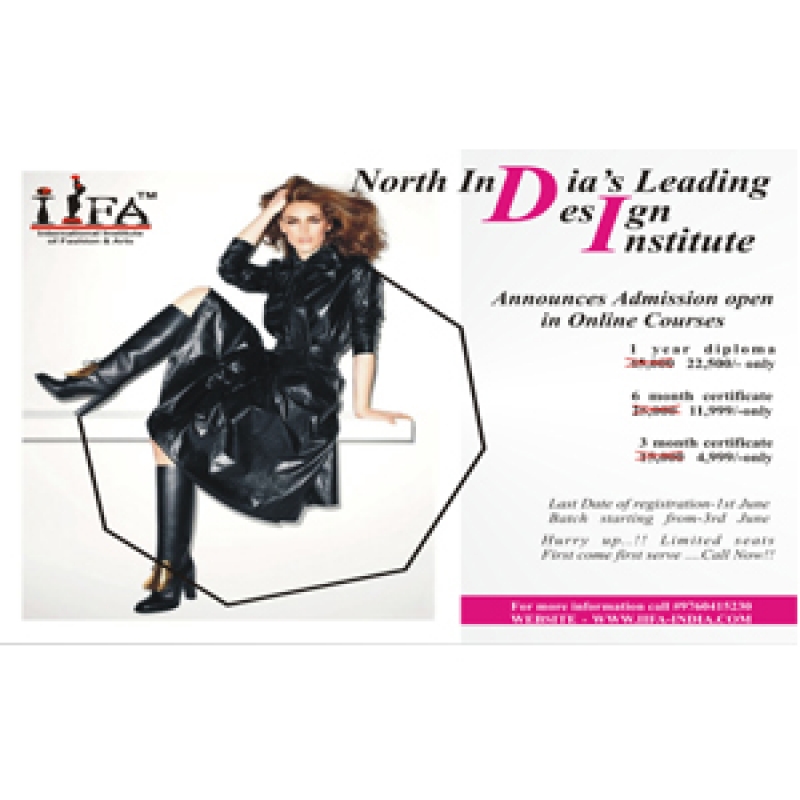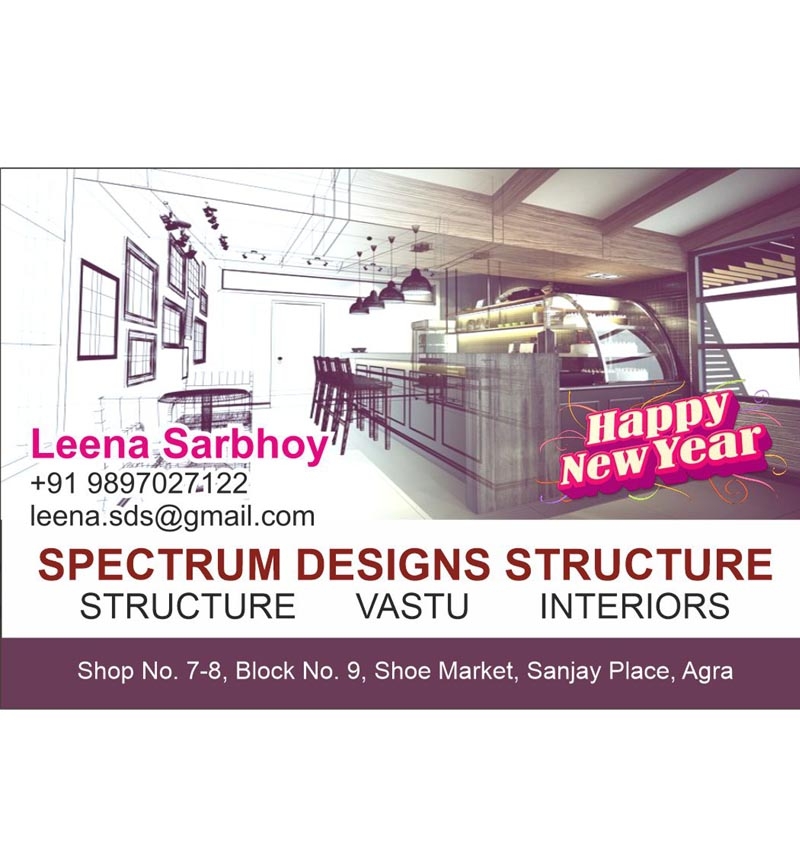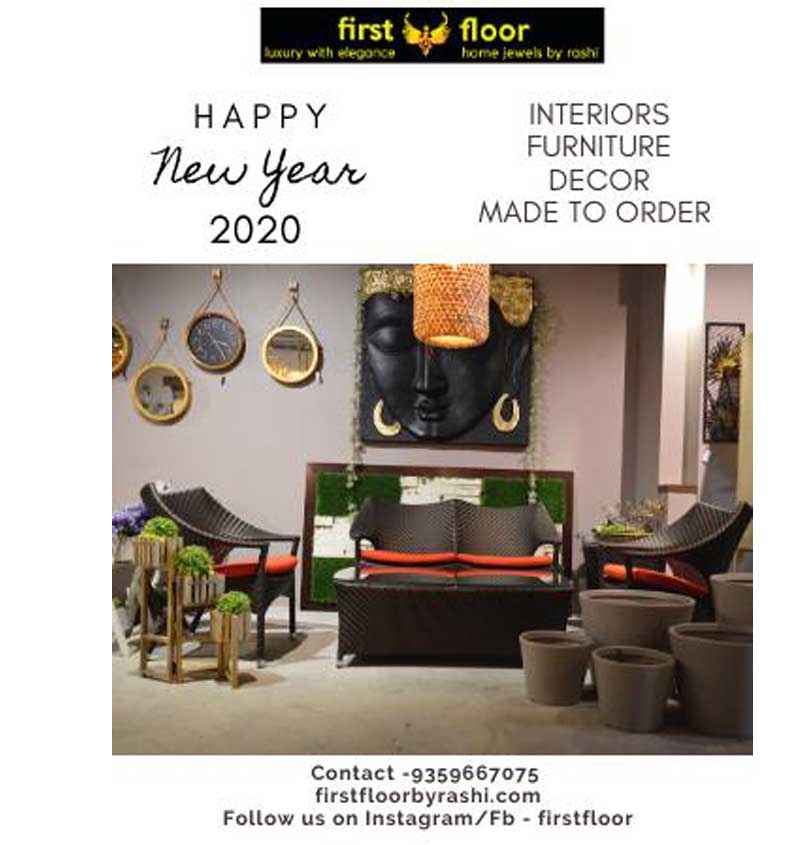Form as Expression
Silhouettes have always served as fashion’s silent communicators. From Dior’s 1947 “New Look” to Rei Kawakubo’s abstract forms, the outline of a garment has historically conveyed power, gender, rebellion, and beauty. But today’s silhouettes are louder, more confrontational, more conceptual.
Designers are abandoning traditional proportions in favor of bolder, more architectural lines. We’re seeing voluminous cocoon shapes, hyper-exaggerated shoulders, cinched micro-waists, and asymmetry that challenges symmetry itself. These choices are deliberate—they demand attention and provoke dialogue.
As fashion reclaims its place as cultural commentary, silhouette becomes the ultimate statement piece.
AI in the Atelier
At the core of this new wave of experimentation is AI—no longer a futuristic fantasy, but a real-world design collaborator. Through machine learning, generative design tools, and predictive pattern modeling, AI is helping designers explore silhouettes beyond the limits of human imagination.
Designers like Iris van Herpen and Casey Cadwallader (Mugler) are using AI to develop new forms, simulate movement, and test textiles. The result? Pieces that seem to defy gravity, hug the body in otherworldly ways, or flow with a fluidity that feels almost unreal.
AI isn’t replacing creativity—it’s expanding it. It’s allowing designers to draft hundreds of variations of a single silhouette in seconds, analyze body dynamics in real time, and create garments that adapt to motion, emotion, even climate.
The Politics of Shape
In a world grappling with identity politics, climate anxiety, and digital overload, fashion has become a visual language of protest and possibility. Silhouettes are central to this language.
Oversized, armor-like designs speak to a desire for protection. Fluid, genderless shapes push back against binary expectations. Sharp, angular tailoring reflects modern anxieties and ambitions. Even the absence of structure—a return to minimalism—carries its own quiet resistance.
Each silhouette becomes a code, and the runway becomes the decoding ground.
Personalized Proportions
Thanks to AI-powered tailoring and digital body scanning, fashion is also moving toward hyper-personalization. No longer bound by standardized sizing, designers are crafting silhouettes that adapt to individual forms and preferences—empowering consumers to become co-creators.
This shift is democratizing high fashion. Statement dressing is no longer reserved for the elite; it’s accessible, adaptable, and aligned with personal identity.
Where We’re Headed
As we step deeper into the AI era, the question is no longer whether fashion will evolve—it’s how fast and how far. Silhouettes will grow smarter, more interactive. Statements will become immersive, possibly even sensory. Augmented reality may allow wearers to shift their silhouette with a swipe, expressing mood or message in real time.
One thing is certain: fashion is no longer just about what we wear—it’s about what we say, how we shape it, and who gets to speak through it.



















Your Message